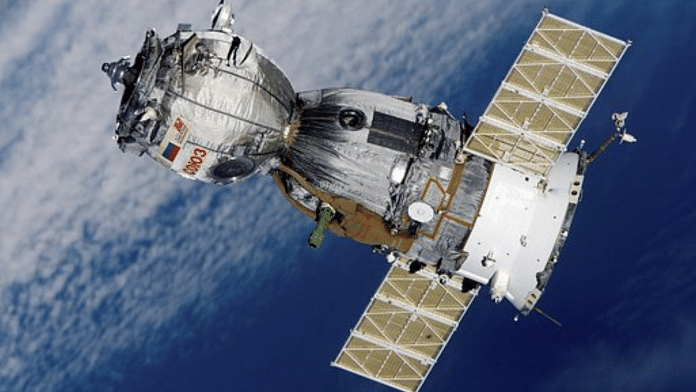“In the 30 years since the world began negotiating the reduction of greenhouse gas emissions, no one has identified exactly where all that pollution is coming from.”
Writing in Science former US vice president Al Gore lays out one of the biggest hindrances to progress on climate change: a lack of ability to measure our emissions and track our progress towards net zero.
Without knowing where our emissions are coming from, and the impact of any actions we take to halt them, it is difficult to know if we are making the right changes, and quickly enough.
Gore is one of the backers of Climate TRACE, an organization that leans on an emerging branch of science combining satellite technology with artificial intelligence (AI) to help create a clearer picture of the state of global emissions.
Building a detailed understanding
Currently, efforts to limit global warming to 1.5°C are tracked via estimates from countries based on self-reported information and submitted to the United Nations. However, a lot of this data is missing, Gore says, and over 50 countries have not submitted any emissions inventories for the last decade.
Climate TRACE found that last year the actual emissions from global oil and gas productions were around double that which had been self-reported to the UN.
Emissions are not just picked up from obvious sources like transportation and factories, but also more hidden sources like waste disposal and livestock. Climate TRACE combines satellite and other remote sensing technologies with direct measurements and AI to put a value on the extent of emissions right from the source.
According to its data, the top 14 biggest emitters in the world are all oil and gas fields. The top 20 is filled out by steel plants, refineries and power plants. The exception is the traffic-congested Los Angeles road network at 16th place.
Mapping methane
NASA has also recognized the strength of satellite technology to map greenhouse gases.
Its Carbon Monitoring System brings together satellite remote sensing, scientific knowledge and modelling to help national and local partners with climate monitoring and mitigation efforts. For example, it has helped the U.S. Environmental Protection Agency with methane emissions data. It is also working with the Maryland Department of Natural Resources to provide high-resolution forest imagery and carbon monitoring data to help inform the state’s forestry sector.
Elsewhere, NASA’s Earth Surface Mineral Dust Source Investigation (EMIT) mission was built to help scientists understand how dust affects the climate. But researchers have realized the same tech can also detect the presence of methane, a potent greenhouse gas.
Since being installed on the International Space Station in July 2022, scientists have identified more than 50 ‘super-emitters’ in central Asia, the Middle East and the southwestern US. These tend to be in the fossil fuel, waste or agricultural sectors. And because they make up a significant portion of emissions, action taken by these small number of producers can have a big impact.
EMIT is the first of a new type of spaceborne imaging spectrometers, and can detect the unique makeup of methane.
NASA is also working with non-profit Carbon Mapper to apply similar techniques to locate, quantify and track methane and carbon dioxide.
Carbon Mapper has helped detect natural gas pipeline leaks in a number of locations. It is also being used to inform strategies on landfill gas management after detecting strong methane emissions at a number of sites in California.
Charlotte Edmond is Senior Writer, Formative Content
The article was first published in World Economic Forum. You can read the article here.
Also read: Rare 7kg meteorite found in Antarctica, one of five new space rocks discovered



